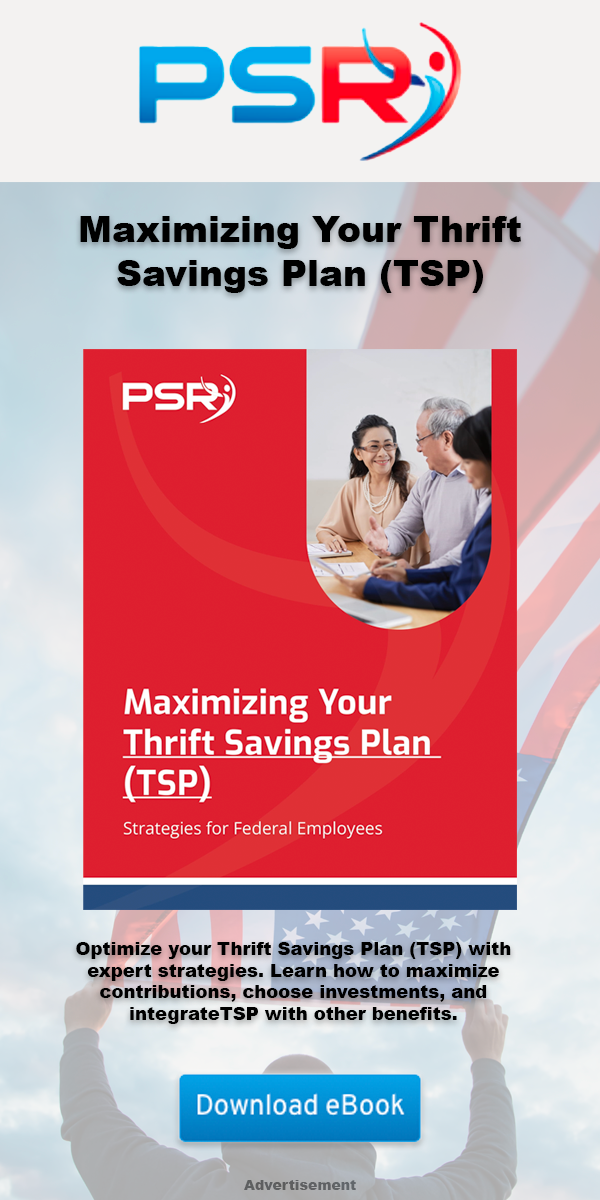Key Takeaways:
- Balancing Social Security with your federal pension can impact how much you receive in retirement benefits, so understanding the interaction between the two is critical.
- Some federal employees may face reductions in Social Security benefits due to the Windfall Elimination Provision (WEP) and Government Pension Offset (GPO).
Balancing Social Security with Your Federal Pension—Here’s What Works and What to Be Careful With
- Also Read: FAA, Law Enforcement, and Special Federal Employee Categories—Here’s What Makes Their Retirement Unique
- Also Read: Blending Private and Public Sector Retirement Plans Is Complicated—Here’s Where Couples Get It Wrong
- Also Read: The Silent Shift in Postal Service Retirement Benefits That Could Change Everything by 2026
Understanding Your Federal Pension
Federal employees who have worked for the government long enough to earn a pension are typically enrolled in one of two primary retirement systems: the Civil Service Retirement System (CSRS) or the Federal Employees Retirement System (FERS).
-
CSRS: Established for employees hired before 1984, CSRS provides a generous pension but does not contribute to Social Security. Employees covered under CSRS often do not pay Social Security taxes, meaning they have fewer or no credits toward Social Security benefits.
-
FERS: Employees hired after 1984 are covered by FERS, which includes both a federal pension and contributions to Social Security. FERS employees are fully eligible for Social Security benefits, but their pension is generally smaller compared to CSRS.
Understanding which retirement system you are under is the first step in planning how to balance your pension with Social Security.
How Social Security Affects Your Federal Pension
For FERS employees, balancing Social Security and a pension is relatively straightforward. You pay into both systems, and once you retire, you receive a pension from FERS and Social Security benefits based on your lifetime earnings.
However, CSRS employees often face complications due to limited Social Security contributions during their federal service. This can lead to reduced Social Security benefits due to the Windfall Elimination Provision (WEP) and the Government Pension Offset (GPO).
What is the Windfall Elimination Provision (WEP)?
The WEP is a provision that affects how Social Security benefits are calculated for workers who receive a pension from a job where they did not pay Social Security taxes (such as under CSRS). If you are eligible for Social Security based on other work where you did pay Social Security taxes, the WEP could reduce your benefit.
The WEP modifies the formula used to calculate your Social Security benefits, usually resulting in a lower monthly payment. However, the reduction is capped at a certain amount, and workers with 30 or more years of substantial Social Security-covered earnings are exempt from the WEP.
What is the Government Pension Offset (GPO)?
The GPO affects individuals who receive a federal pension and are also eligible for Social Security spousal or survivor benefits. If you are entitled to a spousal benefit from Social Security, the GPO may reduce those benefits by two-thirds of your federal pension amount. For instance, if you receive a monthly pension of $1,500, your Social Security spousal benefits may be reduced by $1,000.
This offset can significantly diminish or even eliminate your spousal or survivor Social Security benefits. Therefore, it’s crucial for federal employees with non-Social Security covered work to plan carefully and understand the impact of the GPO.
Maximizing Your Retirement Income: What Works
Balancing a federal pension with Social Security requires strategic planning to maximize your retirement income. Here are some strategies that can work well for federal employees:
-
Maximize Social Security Contributions: For those still working, earning additional income covered by Social Security can help reduce the effects of the WEP. With 30 or more years of “substantial” earnings, you can eliminate the WEP reduction entirely.
-
Delay Social Security Benefits: If possible, delaying your Social Security benefits until full retirement age or beyond can increase your monthly benefit. The longer you wait, the higher your monthly payout, which can help offset any reductions from WEP or GPO.
-
Understand Your Survivor Benefits: Planning ahead with survivor benefits is important, especially for CSRS employees. The GPO could drastically reduce or eliminate these benefits for your spouse, so it’s important to consider whether you should elect for survivor annuities through your pension instead.
-
Coordinate with Your Pension: Some federal employees may choose to receive their federal pension earlier and delay claiming Social Security until later, especially if they are subject to reductions. This can help balance the total income from both sources.
-
Consider Working Beyond Retirement: If you continue working in a job covered by Social Security after retiring from your federal position, those additional years of earnings could boost your Social Security benefit and help you avoid or minimize the WEP.
Pitfalls to Avoid
While there are strategies to balance your federal pension with Social Security, there are also pitfalls that federal employees should be careful to avoid:
-
Overestimating Social Security Income: Employees under CSRS should not rely heavily on Social Security benefits unless they have significant non-federal work experience covered by Social Security. Due to the WEP and GPO, these benefits can be much lower than expected.
-
Forgetting the Impact of GPO on Spouses: Many federal employees underestimate how much the GPO can affect spousal or survivor benefits. It’s crucial to calculate the reduction in benefits early so you can plan accordingly.
-
Failing to Plan for Healthcare Costs: While balancing Social Security and your federal pension, don’t forget about healthcare expenses in retirement. Medicare will play a role for most retirees, but federal retirees may also need to consider continuing their Federal Employees Health Benefits (FEHB) into retirement, which will affect their overall income.
-
Not Seeking Professional Advice: Retirement planning for federal employees involves numerous complex rules and provisions. Without professional guidance, it’s easy to make mistakes that could reduce your total retirement income. Consulting with a financial planner or federal retirement specialist can help avoid costly errors.
How to Plan for a Balanced Retirement Income
Balancing your federal pension with Social Security requires proactive planning. Start by understanding the basics of both programs, including the impact of WEP and GPO, and how these provisions may affect your benefits. From there, you can explore strategies to maximize your income and minimize reductions.
It’s also important to review your overall retirement savings. In addition to your pension and Social Security, many federal employees have access to the Thrift Savings Plan (TSP). Making the most of these three income streams—your pension, Social Security, and TSP—can help create a more secure and comfortable retirement.
Finally, federal employees should stay informed about changes in retirement rules and provisions, as laws and policies affecting Social Security and pensions can change over time. Keeping up with these developments will help you make adjustments to your retirement plans as needed.
Planning Your Next Steps
Balancing Social Security with your federal pension can be complex, but with the right strategies, you can maximize your retirement income and avoid costly mistakes. Start by understanding how the WEP and GPO could affect your benefits, and then explore ways to minimize these reductions through careful planning. Consulting with a financial professional who specializes in federal retirement benefits can also provide valuable insights and help you make the best decisions for your financial future.













